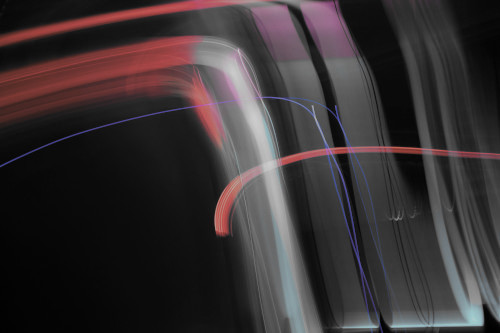By Giulio Chiribella and Zixuan Liu.
At the microscopic level, the fundamental laws of physics are time symmetric: every fundamental process admits a time-reversal, which describes the same physics seen from the point of view of an observer with an inverted arrow of time. In stark contrast, our everyday experience and our laboratory practice are strongly time asymmetric: we observe physical systems evolving from the past to the future, but not the other way round. A fundamental question is whether it is in principle possible to engineer mechanisms that probe the dynamics of physical systems in the backward direction, or in more general combinations of the forward and the backward direction. In our work, we showed that quantum theory is compatible with the existence of a machine that adds quantum control to the time direction of an unknown dynamics. Depending on the state of a control system, the machine probes a given process either in the forward direction, or in the backward direction. When the control system is placed in a coherent superposition of two basis states, the machine produces a coherent superposition of the forward and backward process. This machine, which we called the quantum time flip, can be experimentally simulated using photonic systems, either via post-selected quantum teleportation, or via interferometric setups that probe optical devices from a superposition of two spatial directions. The ability to generate superpositions of forward and backward processes with table-top experiments can be used to shed light on the information-processing capabilities of exotic scenarios in which the arrow of time between two events is in a quantum superposition of two alternative directions.
